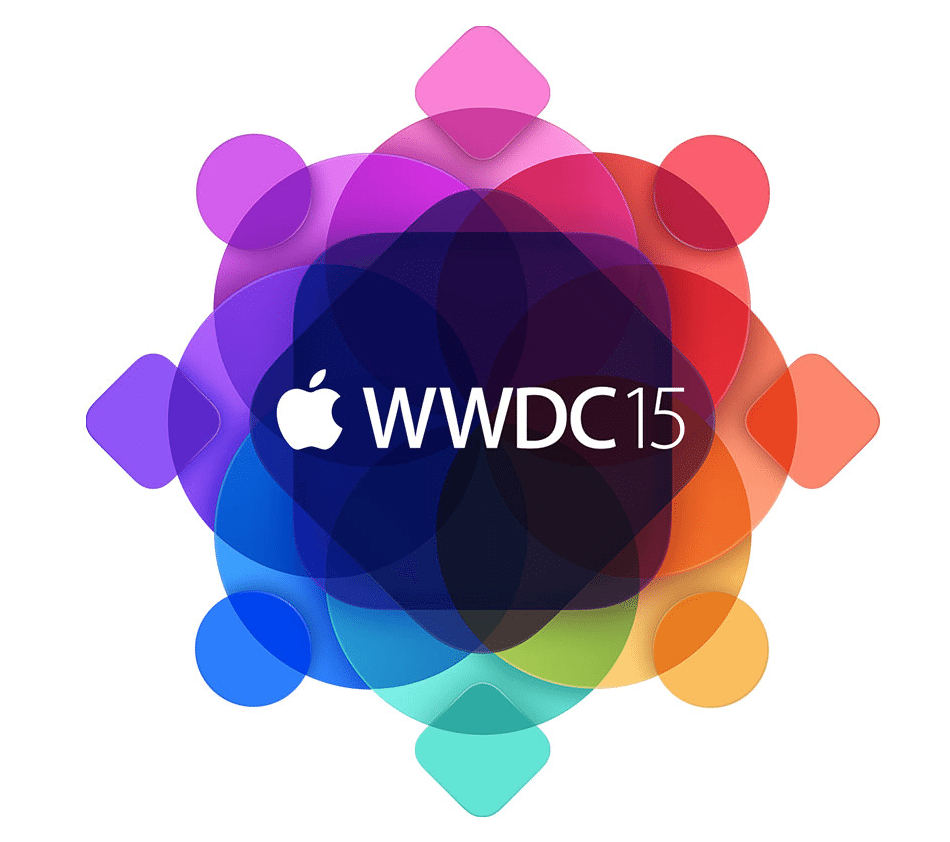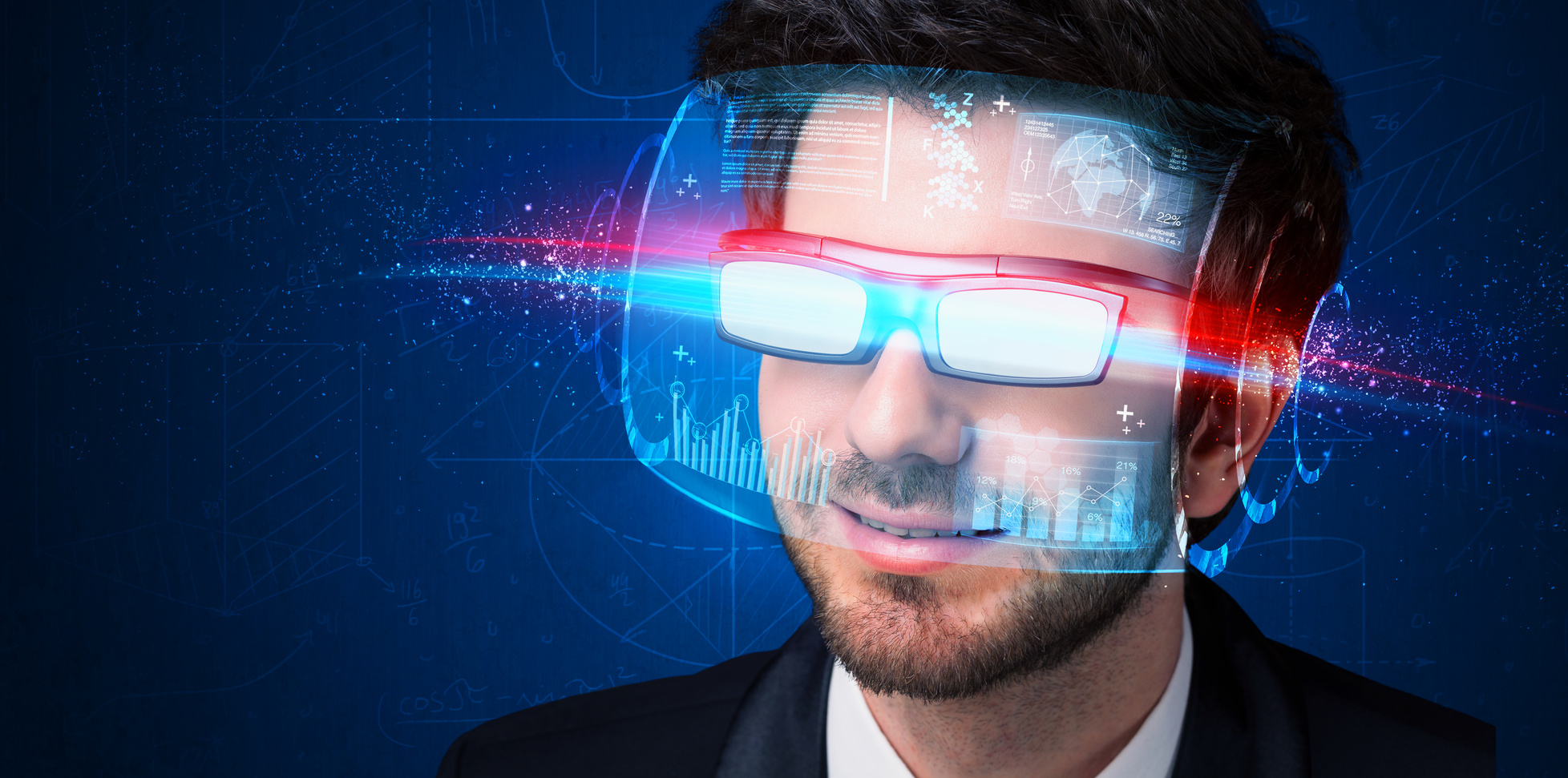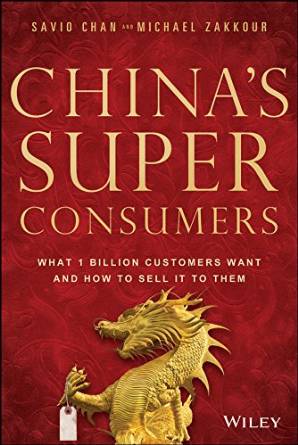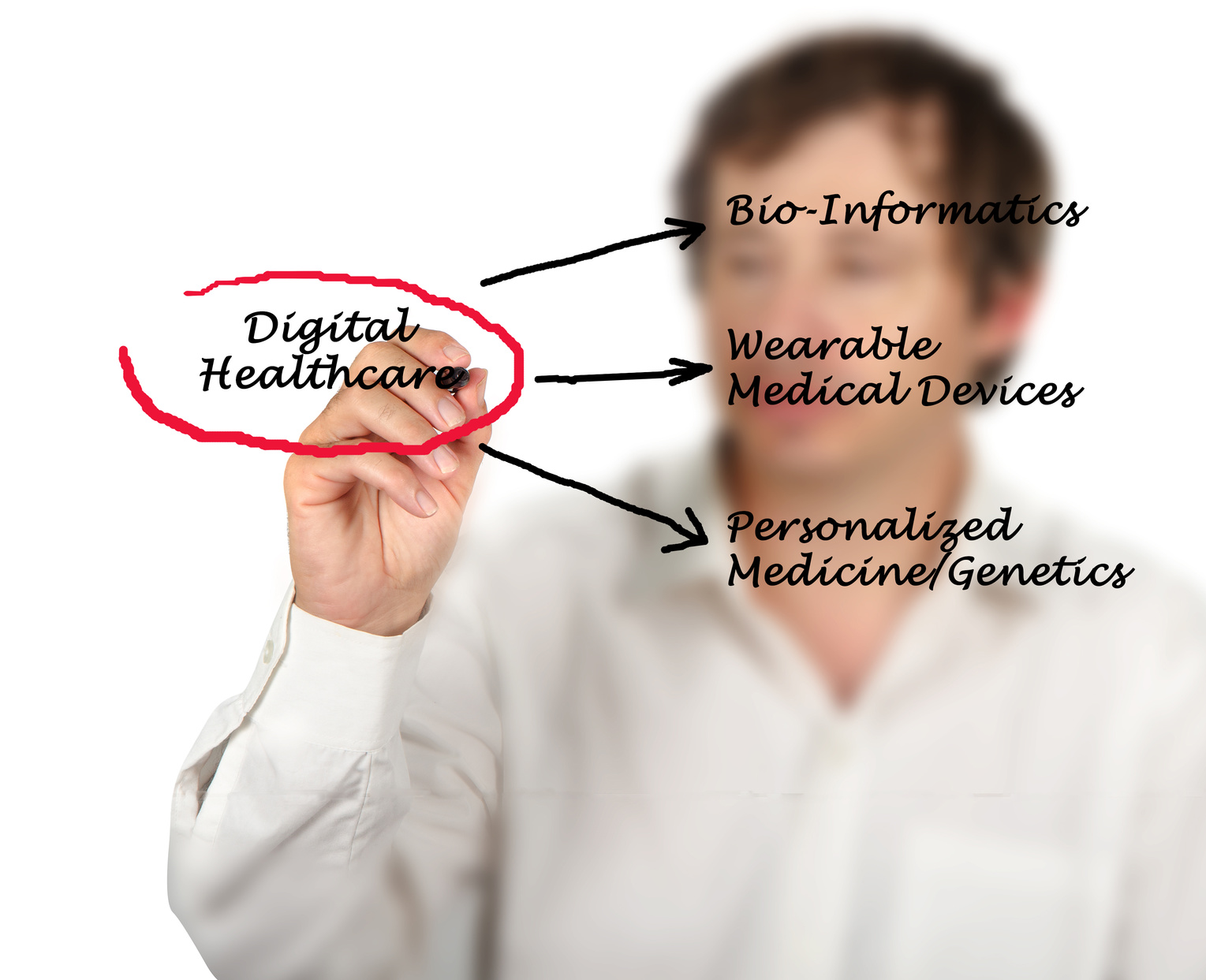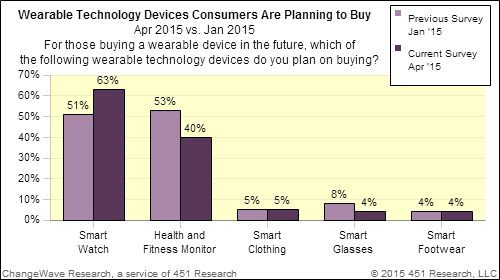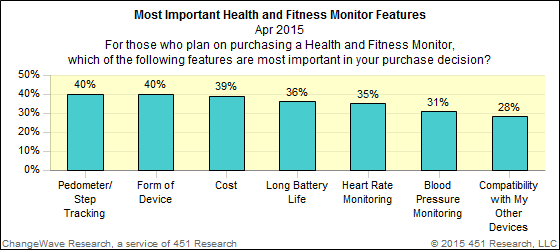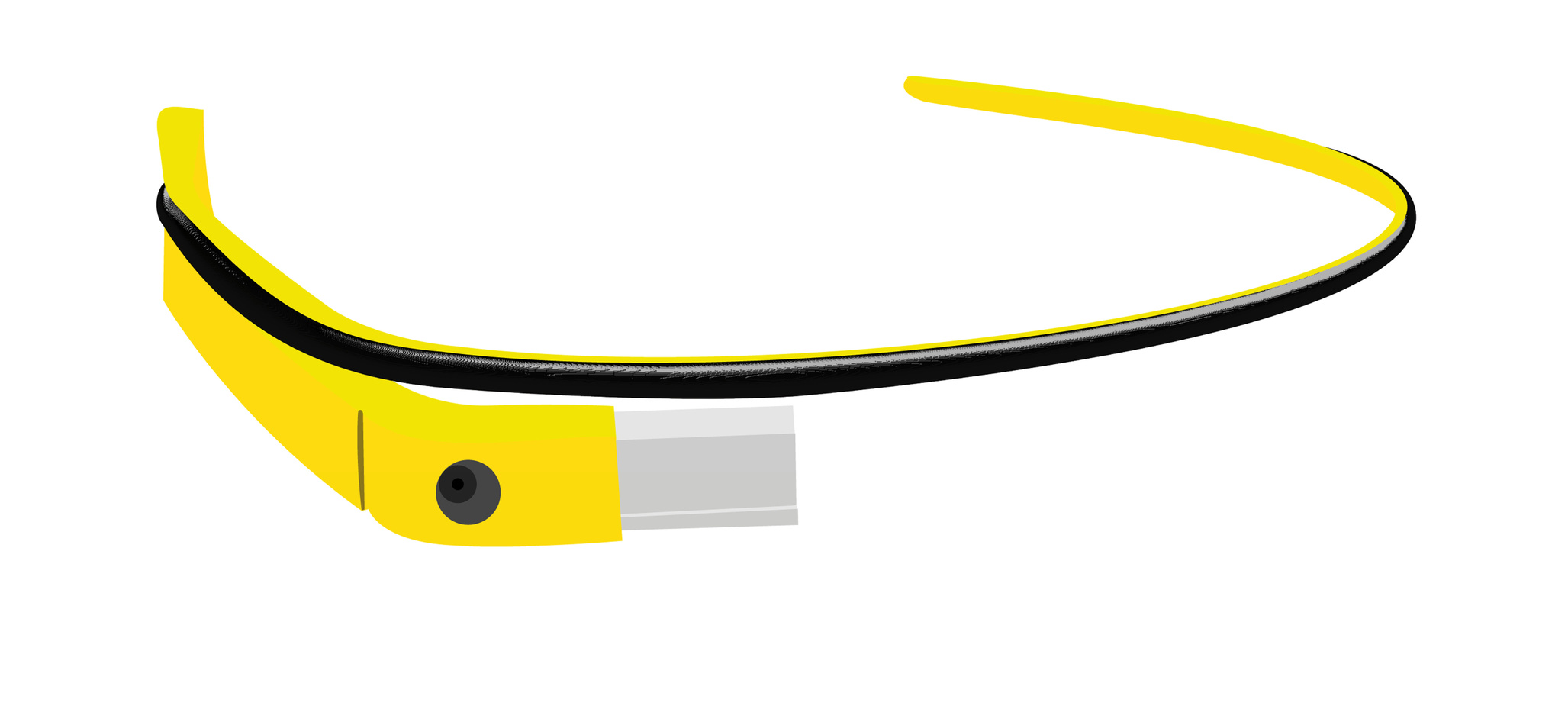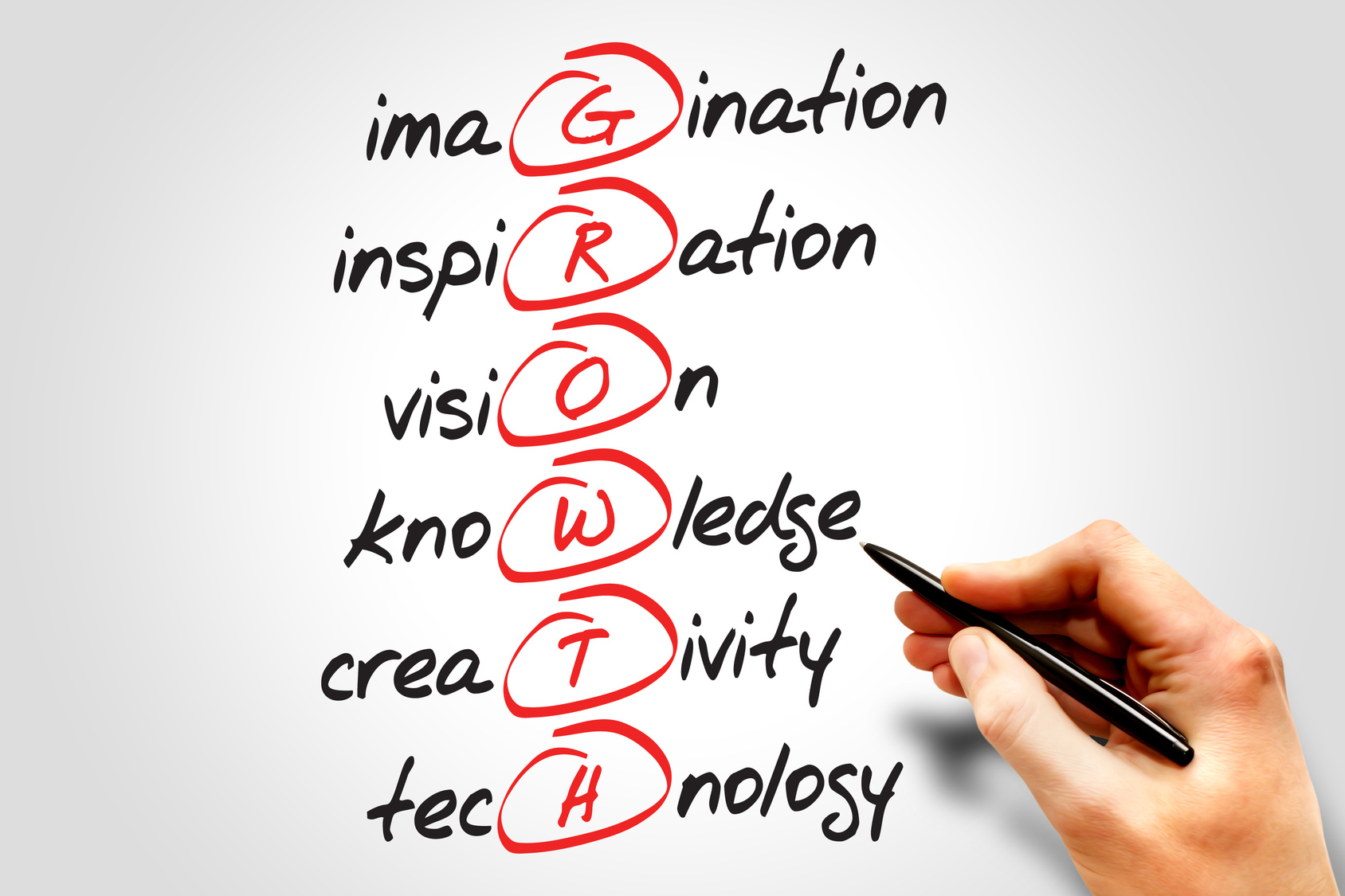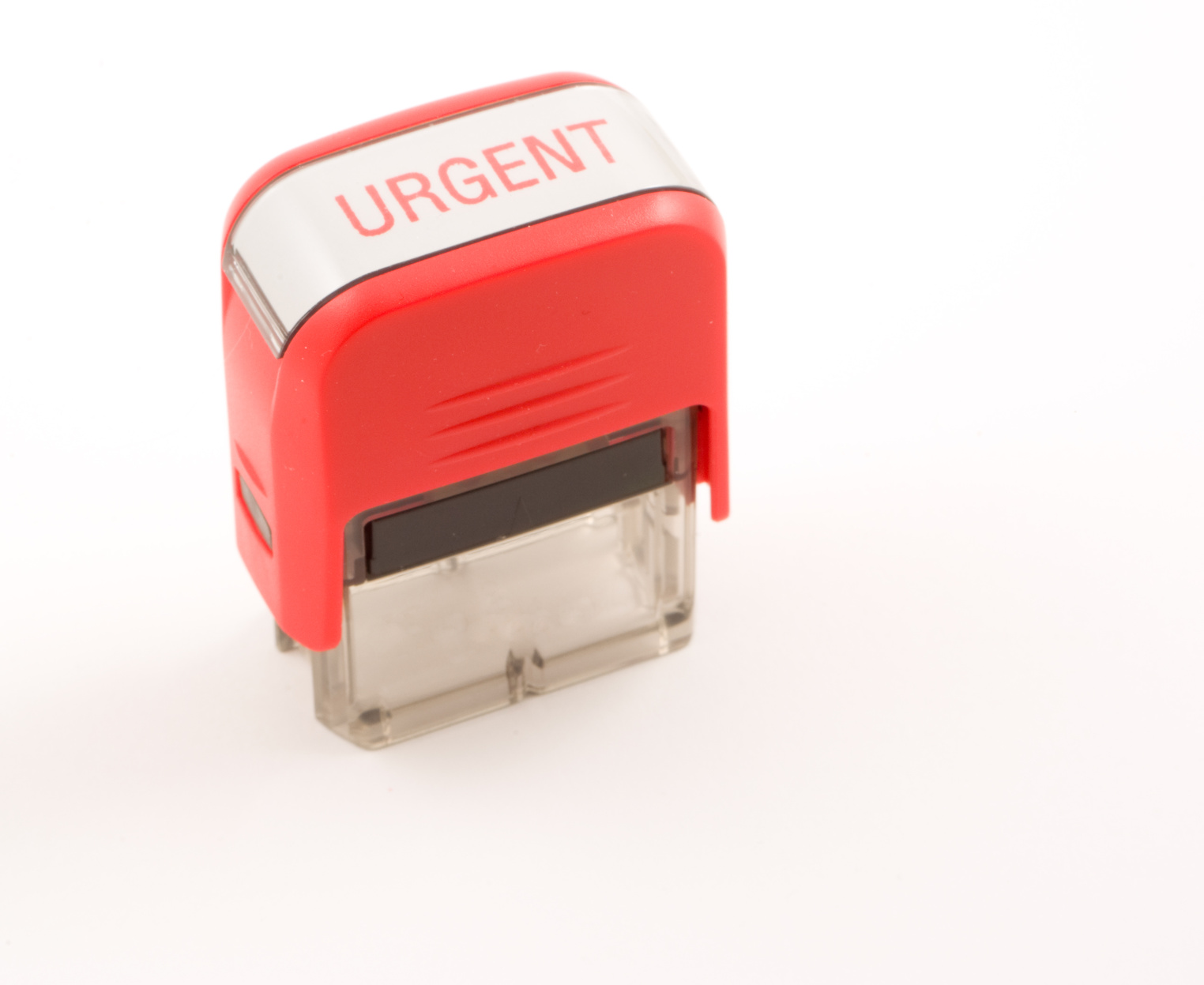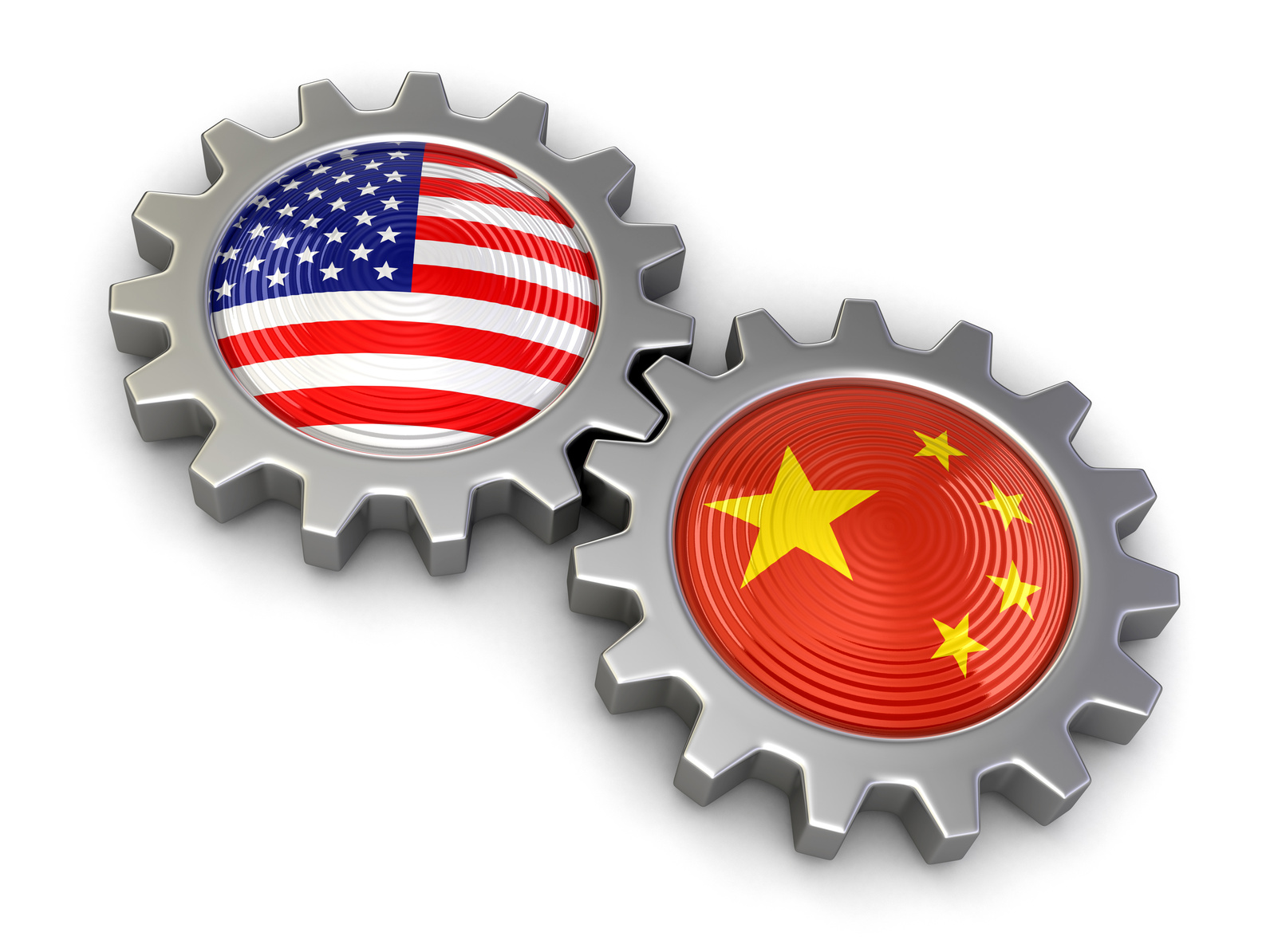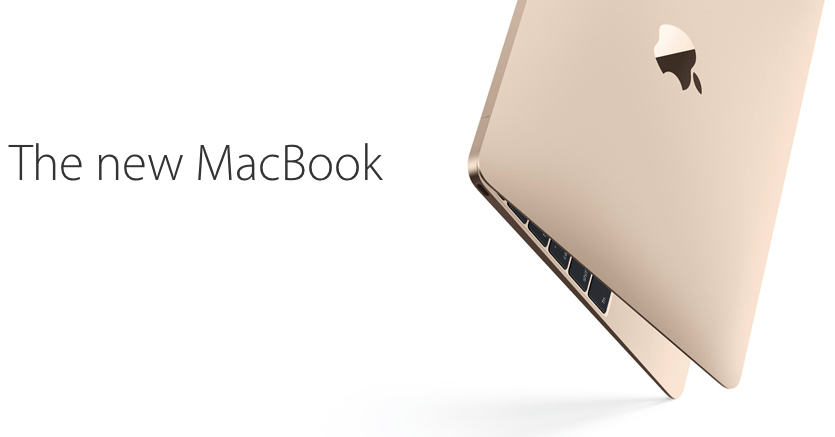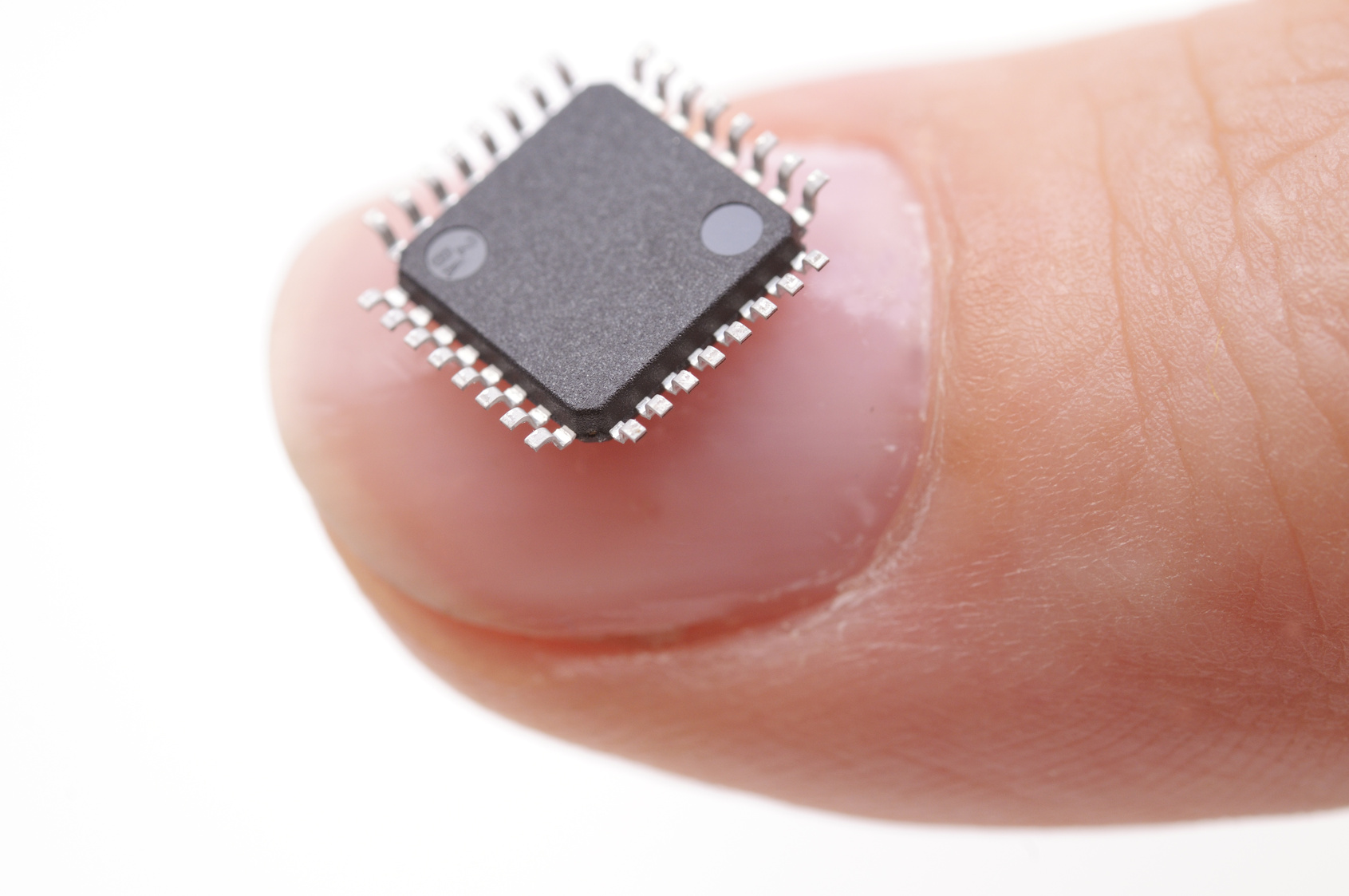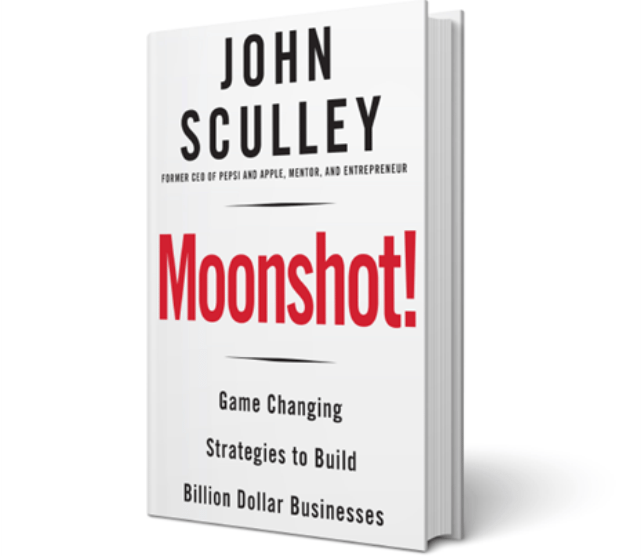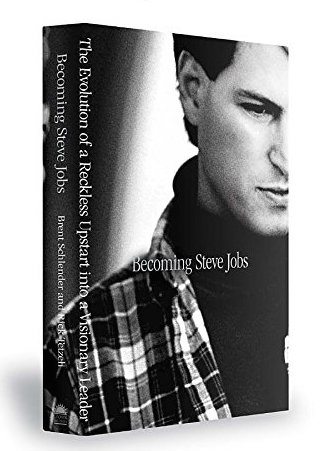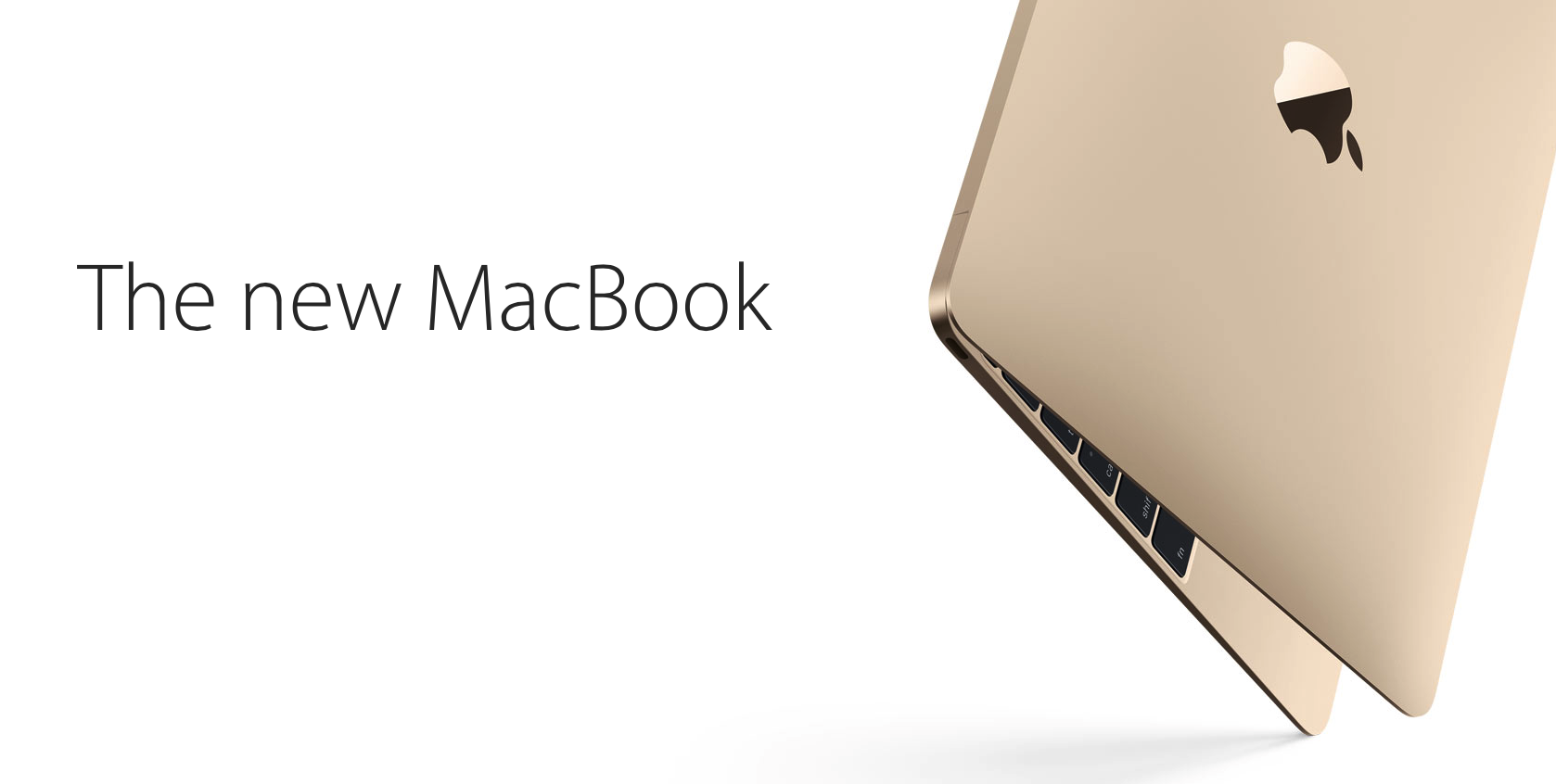As I listened to Tim Cook and Apple’s executives give us an update on OS X — now known as El Capitan — iOS 9, Apple watchOS 2.0 and explain the new Apple Music “Beats 1” service, I was struck by the fact Apple’s ownership of the hardware, software, services and commerce layers of their devices are so well designed, they deliver a level of integration and continuity better than any other ecosystem on the market today.
In fact, the continuity of apps and services on all three device platforms are so tightly integrated that Apple’s customers have to be happy with what they heard from WWDC and can look forward to using these new versions of the OS, apps, and services when most of them launch later in the year.
I was particularly interested in the role Siri now plays across all devices and how Apple has worked hard to make it 40% more accurate and 40% faster than it was last year. I also loved the new contextual features in Spotlight that let me type in a stock name and get its current value and other related news. Or how I could use Spotlight to ask the current score of my team’s game and it posts all related info to me instantly. In fact, the big theme of all of the software news from the WWDC Keynote was everything is faster and better connected.
Contextual via search across all systems and all of the new apps and services take full advantage of what your devices know about you. These new operating systems are designed to not only be reactive to your needs but also proactive too. For example, Siri and its underlying search engine can look deep into contacts, calendars and other items related to your day and give prompts, suggestions and even directions without even asking for them. Apple’s new operating systems have become smarter and, as a result, should make users of Apple products more productive, have more fun, and become more efficient in their communications, learning, and daily activities.
One new app called Transit is tied to the Maps app and will make using public transit easier than ever to navigate. Apple painstakingly mapped out the subways in selected cities like NYC and London with many more to come. It will make it easier to find the right tracks for a person’s next train or the right exit to get to their destination faster. It uses the intelligence of iOS 9 — it can even anticipate where you are going from your calendar and get that info to you in real time as needed.
The new features for the iPad should make iPad users very happy too. IOS 9 for iPad now includes multi-windows support, picture in picture and, my favorite — two finger gestures that can be used for more efficient cut and paste, a feature I use daily on my iPad.
As for Apple watchOS 2, out this fall, Apple used WWDC to give developers a new SDK that allows them to write apps directly to the Watch. This is a huge and important step since it means we will see thousands of innovative apps for the Apple Watch, a key to getting more and more people to buy this product. Apple also announced new Watch faces that tie into one’s photo album so a particular image can be part of the watch face. Or tie it to your entire photo album and every time you look at your watch a new picture pops up. They even announced support for video for the Apple Watch and it will be interesting to see what developers do with this feature. They also announced greater accuracy and functionality for Siri in the Apple Watch and applied the same contextual features they have in IOS 9 to the Watch too.
I see Apple Music as a game changer because of the way they manage, organize, and deliver a person’s music experience. The idea of putting everything related to my music in a single container called Apple Music and then using the intelligence of the OS to make one’s music experience highly personal is a big step for music lovers. The way they take a person’s existing music library and then ask about a person’s favorite artist and the type of music they like that can then be applied, using the intelligence of iOS 9, to tailor the streaming music and the radio service will make a person’s music experience richer. Add the role of the professional DJs that will also curate music 24/7 and Apple’s customers are bound to become fans of this new service.
I think the idea of including all music related items in a single app/service will drive a lot of people to Apple Music — priced at $9.99 per month or $14.99 for a family of 6 through Apple’s family sharing app. It will launch on June 30th and be available cross-platform on Android and Windows too.
WWDC is a software developer conference and, if anyone had hoped for any new hardware to be launched, they were disappointed. But Apple rarely announces hardware at WWDC. This year’s show was completely software focused — as it has often been. WWDC continues to be an important yearly event for Apple’s developers and Apple’s customers are the real beneficiary of this conference. By the fall, Apple users will have a new OS for all of their devices along with new apps and services that should make their Macs, iPads, iPhones and Apple Watches even more useful.
